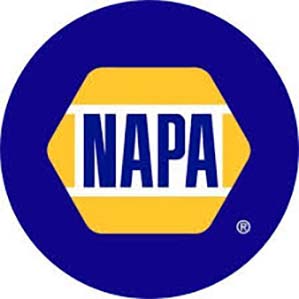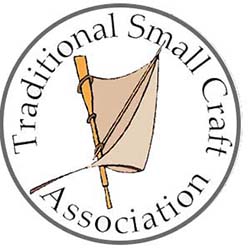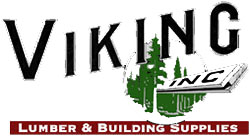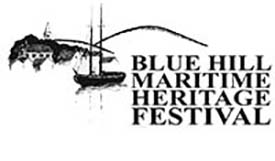
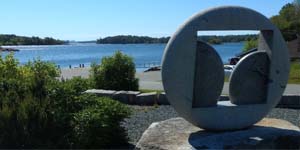

| HOME | MARITIME HISTORY | SCHEDULE | PARTICIPANTS | CONTACT |
|---|
Blue Hill Maritime History
Try asking the smart bot, bottom left of this page, questions about Blue Hill's maritime history.
During the first half of the nineteenth century more than 130 ocean-going sailing vessels were built in Blue Hill, Blue Hill Falls and East Blue Hill. Most were schooners and brigs for the coastal trade but some were full-rigged ships and barks that ventured farther on the world’s oceans. In this era, the town’s economy was supported by shipowners, shipbuilders and A local author, Mary Ellen Chase, described the post-Civil War economic slide of coastal towns like Blue Hill in her novels Mary Peters and Silas Crockett. But a vein of granite coursing along the northern shore of Blue Hill Harbor and extending out Wood Point and down the length of Long Island had been yielding premium building material for some time. Wharves were built to ship out huge blocks and columns as well as paving blocks to cities along the eastern seaboard and beyond. Blue Hill granite quarried by Darlings, Hinckleys, Chases, Slavens and Collinses were used to build churches and bridges in New York, public buildings in Washington and Pittsburgh, streets in New Orleans as well as many local edifices. In 1876, copper mines began to open along the shore and westward along the present Mines Road. Blue Hill Copper and the Douglass were among the earliest and the largest mines. Western engineers and workers flooded Blue Hill. Speculation went wild. A central boarding house was enlarged; it was named the “Copper and Gold Exchange.” The mining boom subsided almost as quickly as it started. By 1881, only six of thirty-nine companies continued to operate. As the nineteenth century closed, the steamships were no longer carrying out copper but they were bringing in “rusticators” or summer vacationers. For those that could afford it, families fled from the anticipated epidemics of tuberculosis and poliomyelitis in hot cities to the cool breezes of coastal Maine. In 1881, Captain Oscar Crockett opened a steamboat service from the railhead at Rockland to Blue Hill. A summer colony formed on Parker Point. The Blue Hill Inn flourished at the top of Tenney Hill. The season was enlivened by gala events, music recitals and sailing excursions… still summer happenings at Kneisel Hall and Kollegewidgwok Yacht Club. Text and photo from the Blue Hill Historical Society's website. Shipbuilding and Seafaring . Shipyards were established on the sloping shores conveniently adjacent to the sawmills. Between 1792 and 1891, 133 wooden ocean-going sailing vessels were built in Blue Hill. According to the Maine Register of 1850, there were 13 shipbuilders in Blue Hill, along with 8 shipping merchants, 5 ship joiners, 3 blacksmiths (who fashioned the iron fittings), 1 rigger, 1 caulker, and 1 sail manufacturer. Shipyard workers, like sailors of the time, were fueled by a daily ration of grog, served at eleven o’clock. Annie Clough remembered that her father, as a boy, served up the grog at the yard where her grandfather, Asa Clough, Jr., was ship’s carpenter and master builder. Some of the vessels built in Blue Hill during the first half of the nineteenth century were three-masted barks and full-rigged ships but most were two-masted brigs and schooners for the coastal trade. Captain Candage, one of 52 Blue Hill ship captains of the era, went to sea at 18 years of age and worked his way up to commanding clipper ships carrying gold prospectors from New York to California, cotton from India to England, and bird guano from South America to Europe. The stately federal-style houses that grace the shaded village streets of Blue Hill today were built in the early nineteenth century with profits made from shipbuilding and shipping. Thomas Lord, at first a ship’s carpenter, made sketches of classical buildings while on shore leave in the Mediterranean. In 1847, he built a house for himself on the corner of Union and High Streets. Two months before he died in 1880, Thomas Lord summed up his life work: “Have worked on 83 vessels more or less – 84 dwelling houses, 12 school houses, 14 meeting houses [among them the first congregational and baptist churches in blue hill] and other public buildings, 15 barns and sheds, 10 stern mouldings and heads, 230 coffins and 5 stores….” Toward the end of the nineteenth century the in-shore fisheries, herring and lobster, scallops and clams, remained strong. Local fishermen moved quickly and easily from one fishery to another. They worked a combination of weirs, stop-seines, trawls and traps. In winter, they might go north to cut wood. Early settlers of Blue Hill were forced to be resourceful in order to survive.
Shipbuilding: An Important Early IndustrySHIPBUILDING AND SEAFARERS OF BLUE HILL by Nicholas Niehoff, Grade 8, Blue Hill Consolidated School |
2025 SponsorsClick here for 2025 sponsorship opportunities
|
||||||||||||||||||||||||||||||
|---|---|---|---|---|---|---|---|---|---|---|---|---|---|---|---|---|---|---|---|---|---|---|---|---|---|---|---|---|---|---|
| © Blue Hill Maritime Heritage Festival Site designed and managed by |
||||||||||||||||||||||||||||||
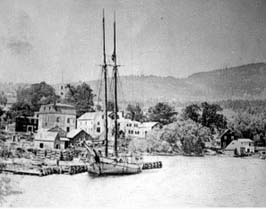 peripheral occupations such as fishing, farming, merchants, millers, craftsmen, and blacksmiths. Cabotage favored coastal trade but the Civil War closed markets and enabled Confederate raiders to seize and burn northern merchant vessels. Moreover, steam-powered vessels with steel hulls were turning up. The wooden shipbuilding boom in Blue Hill virtually ended by 1865.
peripheral occupations such as fishing, farming, merchants, millers, craftsmen, and blacksmiths. Cabotage favored coastal trade but the Civil War closed markets and enabled Confederate raiders to seize and burn northern merchant vessels. Moreover, steam-powered vessels with steel hulls were turning up. The wooden shipbuilding boom in Blue Hill virtually ended by 1865.



